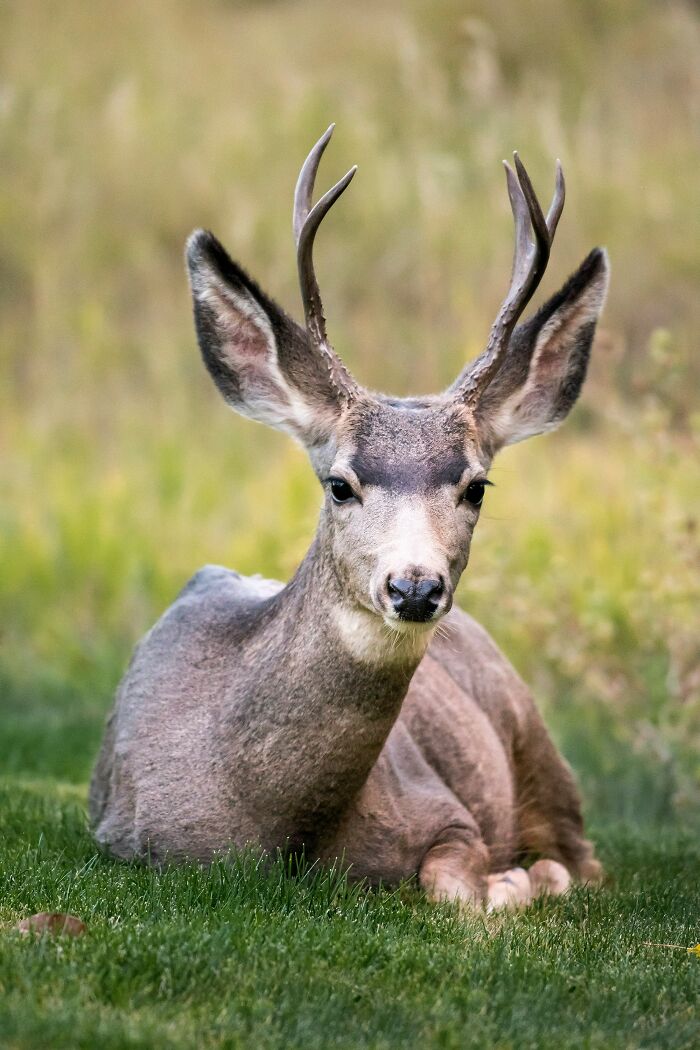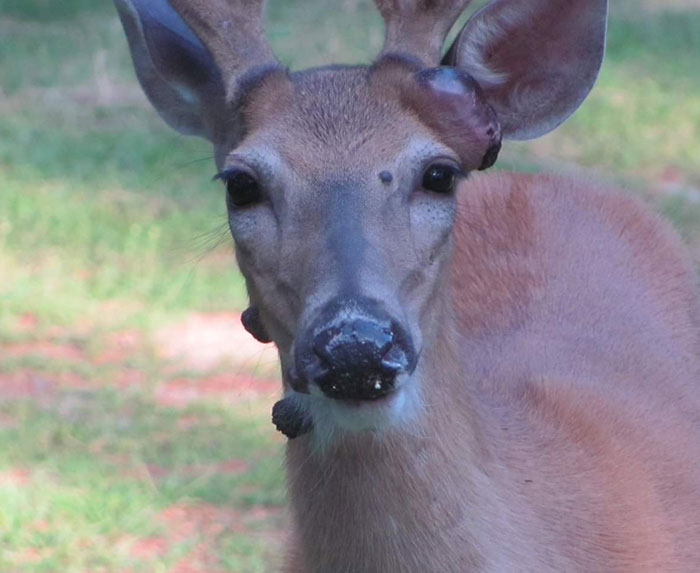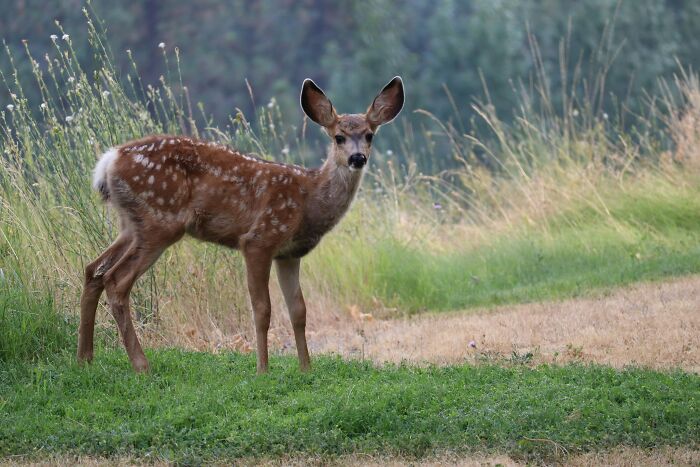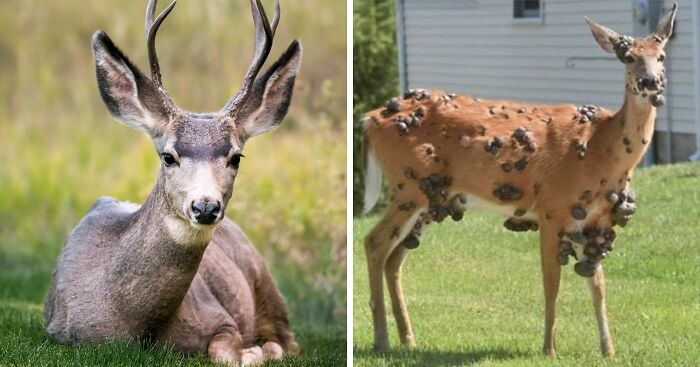The Florida Fish and Wildlife Conservation Commission (FWC) has detected its second case of Chronic Wasting Disease (CWD), a malady that has a 100 percent fatality rate among deer.
The first case (for 2025) of the illness was detected by the Sunshine State’s neighboring Georgia.
The University of Minnesota reported at the time that it was the 36th US state to report what the academic institution dubbed a “fatal prion disease.”
Florida has put in place a “disease response plan”

Image credits: Pedro Lastra/Unsplash
The Florida conservation services noted that the most recent instance was detected in Holmes County near the state’s border with Georgia—close to where the latter discovered their first case.
“The recent case was a road-[fatality] 1.5 year old doe sampled less than a mile south of Florida’s 2023 detection,” the agency announced on its website.
Said 2023 case involved a white-tailed deer that was hit by a vehicle on a highway. The discovery prompted a “disease response plan.”
Florida’s conservation agency says it is taking the diagnosis seriously

Image credits: Difficult_Cat1110
Like the pledge accompanying its announcement two years ago, the recent confirmation stated:
“The FWC and its agency partners take CWD very seriously and are continuing with their comprehensive response plan with the goal of containing the disease within the area it was detected.”
“Because the second case is close to the original case, there will be no changes to the Management or Enhanced Surveillance Zones,” the website declared.
Florida has since tested 2500 deer for the illness

Image credits: PetnurseSue
The government website shows that the state has since checked a total of 2406 deer, and confirmed that 2 tested positive for CWD.
The FWC breakdown also shows that 90 evaluations are pending.
Experts advise against eating affected animals’ meat for fear of it leading to illnesses like mad cow disease

Image credits: povertybayhunt
The University of Minnesota describes the illness as a “fatal neurodegenerative disease,” caused by “infectious misfolded proteins” or prions.
The academic institution’s online platform notes that it can be contracted by other members of the Cervidae family, like elk and moose, through “environmental contamination.”
While not known to affect humans, experts advise against eating affected animals for the fear that it could trigger bovine spongiform encephalopathy, better known as mad cow disease.
It must be noted that aside from the loss of weight and bodily functions in the late stages of the illness, there are no visual symptoms in affected animals.
CWD is not to be confused with the wart-like cutaneous fibromas found on deer, wild rabbits, and squirrels

Image credits: Jakeymakeme
Social media has since caught wind of the outbreak, and one netizen observed, “Eating a zombie deer is 100% safer than anything you buy in your local grocery stores.”
Said “zombie deer” is the moniker given to cervids that have been seen with large warts on their skin.
These unsightly growths are known as cutaneous fibromas, which can be passed from deer, rabbits, and squirrels but are relatively harmless to their hosts.
Unlike the fatal CWD, the only time cutaneous fibromas can lead to their hosts passing away is when they affect their ability to forage and eat or evade predators.
The term “zombie deer” has been pinned on animals with cutaneous fibromas and, more recently, those with CWD

Image credits: Jakeymakeme
“What in the world is a zombie deer?” asked another netizen, unfamiliar with the term connected to the warty animals
“It’s CWD (Chronic Wasting Disease),” responded another mistakenly, “similar to mad cow but only transmitted through deer and moose and like animals.”
CWD has since been addressed at a federal level, with Congress shelling out $35 million on it every year

Image credits: Divide By Zero/Unsplash
“It’s coined the term zombie deer because of what happens.. ‘weight loss, poor coordination, drooling, and a vacant stare, as their brains deteriorate into a spongy consistency’,” attempted another.
“It doesn’t mean it’s walking around [deceased], it’s in the process of [expiring].”
CWD has since been addressed at a federal level, with the Chronic Wasting Disease Research and Management Act being approved by Congress in December 2022.
The bill earmarked $35 million per year for research on the animal illness, which was slated to focus on detection in live animals, prevention, and understanding what caused the spread of the disease.
One netizen, in the wake of COVID, wonders which lab CWD was generated in






















